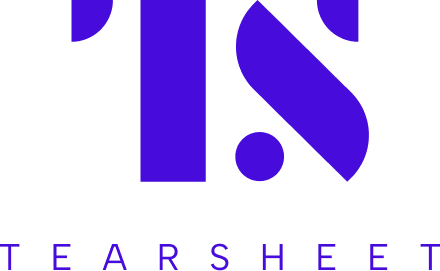How US Bank is building workflow solutions for SMBs and where its offering needs to go next
- US Bank launched a spend management platform and an all-in-one Business Essentials checking account that accepts card payments with same-day fund access, building on its acquisition of Bento Technologies to create an integrated SMB banking ecosystem that consolidates multiple business tools into one platform.
- Banks need to integrate generative AI into their SMB spend management and cash flow tools to compete with fintech innovations like Lili's Accountant AI, as small business owners increasingly use AI for content creation, data analysis, and marketing strategies while seeking faster answers and more efficient business execution.

To win SMB customers, banks need to build strategies that center around workflows and pain points: being digital is simply not enough.
Only 35% of SMB owners report that they are able to manage their workload and have enough time to complete all of their tasks. And less than half (48%) report that they have the right digital tools to manage their business, according to a recent survey by US Bank.
US Bank recently launched two new products to its SMB offering: a spend management platform as well as an all-in-one checking account called Business Essentials that will help SMBs accept card payments with same-day access to funds. It also comes with a free mobile card reader, no maintenance fees, and the ability to integrate a business’ accounting into budget management software.
These products are a result of a years-long strategy at US Bank that combines fintech acquisitions, like that of Bento Technologies which the firm acquired in 2021, with internal innovation to build products that can serve SMBs holistically and at scale.
Here is how US Bank led with vision, CX, and cross-functional collaboration to make its Bento acquisition a success:
i) Leading with vision: The Bento Technologies acquisition came as a part of the bank’s vision to bring banking and payment services into an interconnected ecosystem focused on simplifying cash flows and management for SMBs, says Shruti Patel, Chief Product Manager for Business Banking at the firm.
“Bento Technologies’ software was complementary to our existing capabilities at US Bank… but it was important to integrate the functionality deeply within the US Bank platforms in order to expand the reach and bring the benefits to as many SMBs as possible,” she said.
ii) CX-led integration: Fintech acquisitions allow US Bank to plug capabilities into their systems that might have otherwise taken them years to build but there is always a risk of integrations leading to a choppy and fragmented experience for customers. US Bank was able to avoid this by keeping the main thrust of integration efforts aligned with and optimized for customer experience.
“There has been a lot of collaboration and technology work behind the scenes to integrate our
Platforms, and equally important, from the highest level, we’ve been transforming our customer experience model to focus on the holistic customer journey vs. multiple individual products,” said Patel.
iii) Leveraging cross-functional collaboration: The bank’s recent spend management tool is a result of teams like business banking, payments, IT, project teams, as well as the employees who joined from Bento owning the build regardless of where they were based in the country. “Team members were located everywhere from San Francisco to Minneapolis to Chicago. It was a real cross-bank collaboration,” she said.
The great rebundling
Not too long ago, the financial services industry had fintechs popping up with very specific niches. At the time, tools like spend management could only be leveraged outside the banking environment. This has changed over the years, and SMB customers in particular have reverted to centering their business management activities through their bank.
A previous US Bank survey shows why SMB customers are turning to their banks despite being spoiled for choice when it comes to solutions offered by fintechs:



